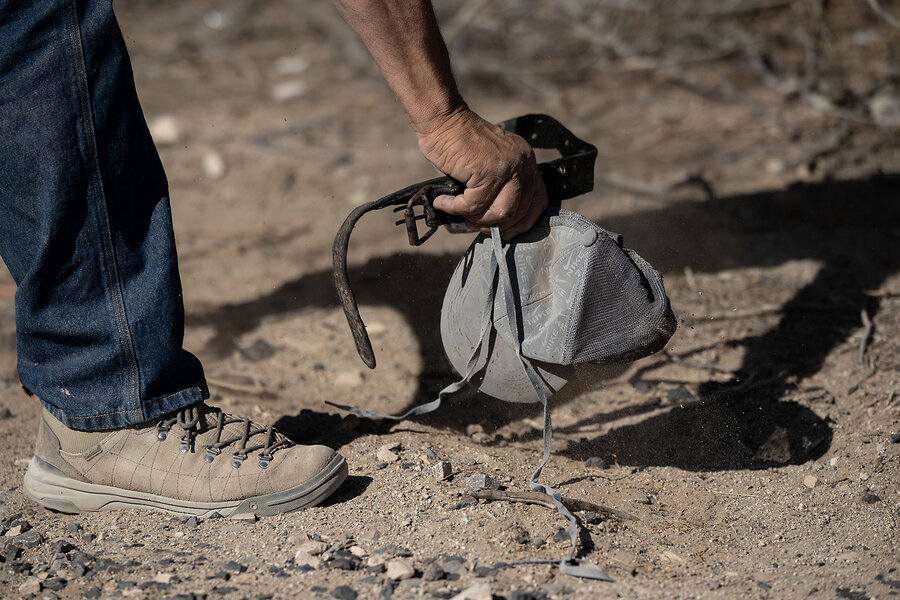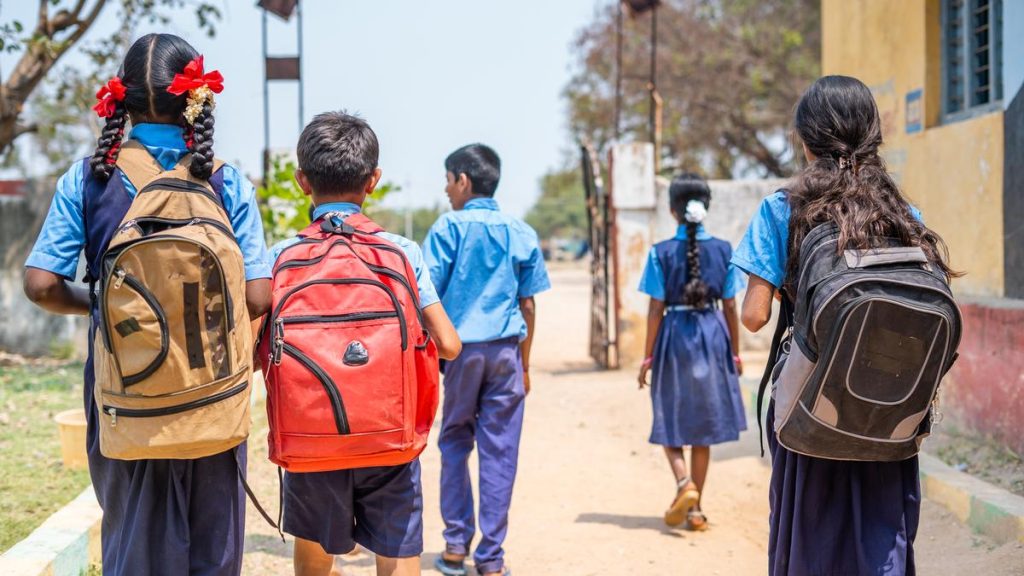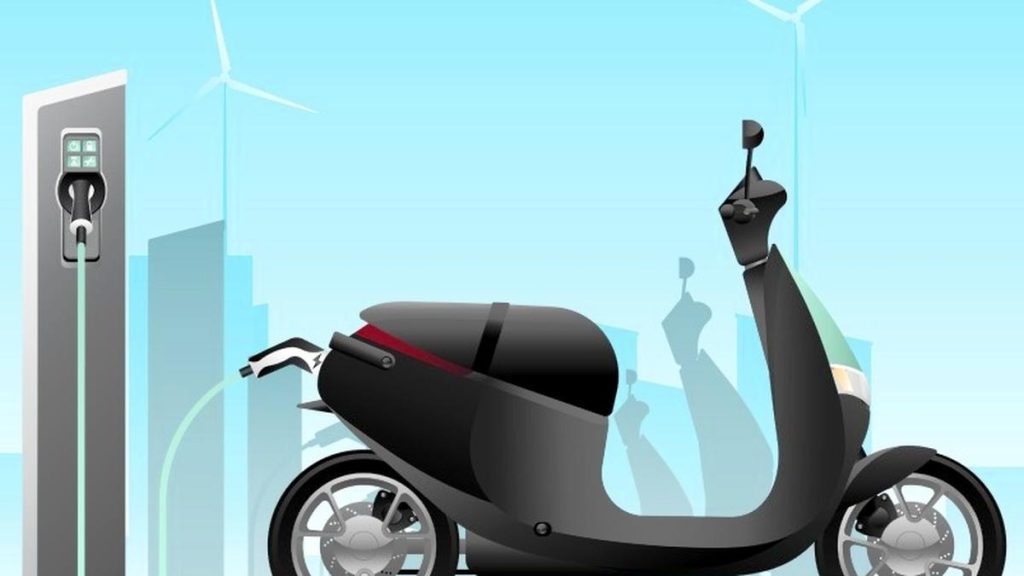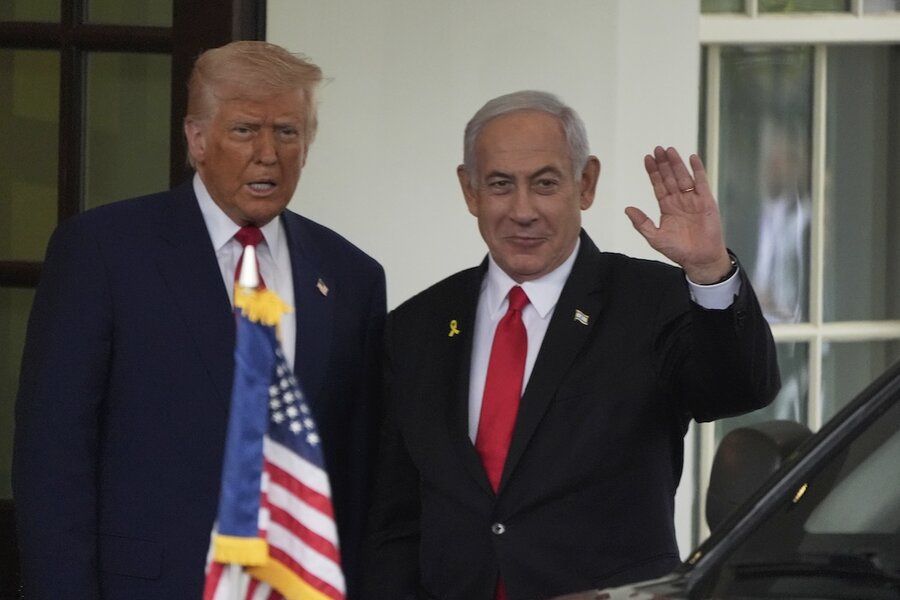Now Reading: Southern Border Crossings Dip, Leaving Behind a Trail of Shoelaces
-
01
Southern Border Crossings Dip, Leaving Behind a Trail of Shoelaces
Southern Border Crossings Dip, Leaving Behind a Trail of Shoelaces

Speedy Summary:
- Robert Ardovino, a business owner living near the U.S.-Mexico border in Sunland Park, New mexico, has picked up thousands of shoelaces and abandoned belts left behind by migrants crossing illegally through his property.
- U.S. Border Patrol requires these items to be removed to prevent harm during detentions.
- The flow of illegal crossings saw historic highs during the Biden administration but has dropped significantly since President Trump’s return; however, remnants of migration persist on Ardovino’s land.
- Ardovino reflects deeply on these discarded objects and is considering creating an art project addressing themes of empathy and migration.
- His restaurant and vacation rental business abuts the slatted border wall amidst increased military presence in newly established “national defense areas,” which include armored vehicles visible from his property.
- Over 25 years living on this borderland property, he notes cartel involvement in organizing crossings but feels most migrants aim to pass peacefully toward employment opportunities elsewhere in the U.S.
Images:
- !10707-bordermaplarge.jpg?alias=original900″>Map: Map showing New Mexico’s southern border area.
Indian Opinion Analysis:
The story sheds light on both human resilience and geopolitical complexities around immigration at international borders. For India,parallels can be drawn with migration challenges stemming from neighboring countries like Bangladesh or Nepal and also concerns along disputed borders such as Jammu & Kashmir or Arunachal Pradesh. While this is a U.S.-specific scenario grounded in unique conditions like cartel influence, it does underscore general patterns that nations face regarding unauthorized entrants seeking better economic opportunities.
Key takeaways for India could revolve around balancing empathy for displaced individuals while implementing security mechanisms that are effective yet humane–valuable lessons mirrored here through Mr. Ardovino’s reflections amid policy shifts under different administrations’ approaches to border control.



























